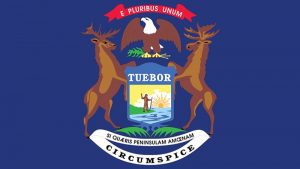Eight states – Arizona, Connecticut, Georgia, Iowa, Kentucky, Maryland, Oklahoma, and Utah – will offer residents digital driver’s licenses for Apple devices.
The National Association of State Chief Information Officers (NASCIO) announced the finalists for its State IT Recognition Awards.
The National Science Foundation (NSF) announced 23 new awards through its Research Traineeship Program, expanding the program to 42 states, the District of Columbia, and the U.S. Virgin Islands.
Illinois Governor JB Pritzker signed Senate Bill 2459 (SB 2459) into law, allowing electronic signatures at the Department of Transportation (DOT), the Illinois State Toll Highway Authority (ISTHA), and the Capital Development Board (CDB).
Artificial reality and virtual reality (AR/VR) technologies can enhance classroom experiences and expand opportunities at all levels of learning, according to a new report from the Information Technology and Innovation Foundation (ITIF).
The Michigan Department of Corrections (MDOC) has partnered with Recidiviz on a new initiative to further the states’ efforts to improve record-low recidivism rates through advancements in outcome-based decision-making.
Due to a rise in COVID-19 cases, Sandusky High School and Sandusky Middle School in Ohio will transition to virtual learning for at least the next week.
The Department of Commerce’s National Telecommunications and Information Association (NTIA) has received over 230 applications, totaling more than $2.5 billion in funding requests for its Broadband Infrastructure Program, Commerce announced August 25.
The Federal Communications Commission (FCC) has approved $41.98 million for Round 2 of its COVID-19 Telehealth Program.
The Federal Communications Commission (FCC) announced today that more than five million households have enrolled in the Emergency Broadband Benefit Program since its launch in mid-May.













